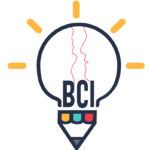Open Hours: 09:00 AM - 05:00 PM
Address: 6 Dyas Road, Great Barr, Birmingham, B44 8SF
Menu
- Acting: Film / Television
- Adobe CS Training
- Business
- Commercial T-Shirt Printing
- Creative Courses
- Creative Makeup Artistry
- Dance Academy
- Digital Marketing
- Games Development
- Music & Music Technology
- Newspaper Publishing
- Print & Graphic (Commercial)
- Radio Broadcasting
- Singing & Vocal Coaching
- Technology
- Website Development
- Apply Online
- Faculties

